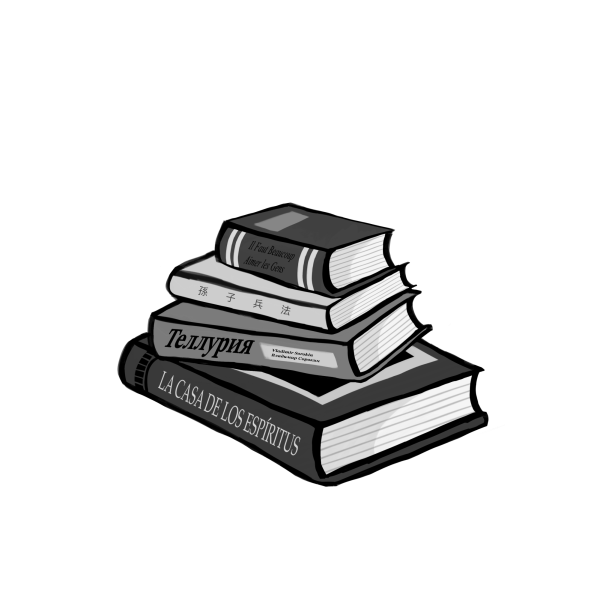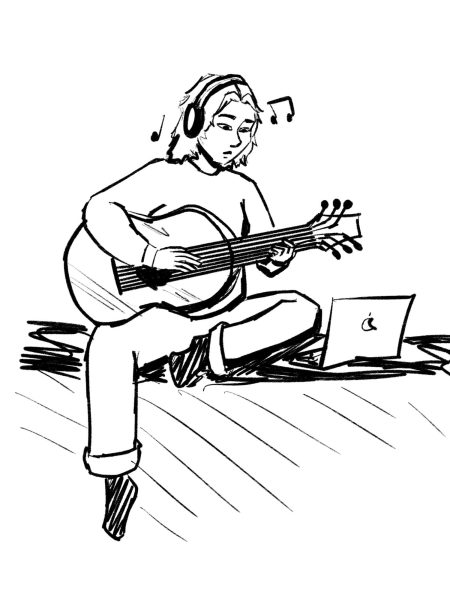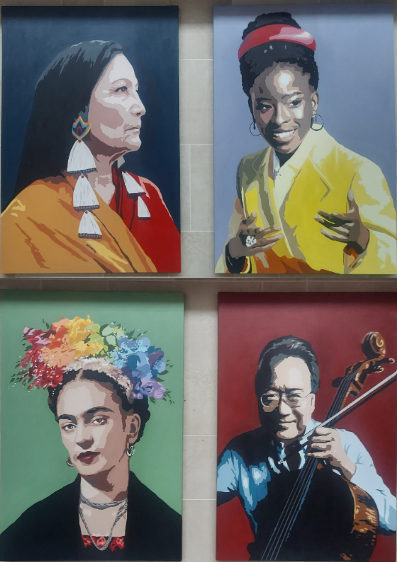In with the new
March 21, 2016
This article is from the March issue of Breezes. Pick up a copy and start reading today!
The most important part of an English class is the works that are studied. For our own best interests, we try to avoid things that we find uninteresting. While classic novels have been an integral part of English classes for decades, more specialty language arts classes are incorporating novels from modern society as well. For example, IB Language and Literature reads a nontraditional text called Maus, by Art Spiegelman. Written like a comic book, students resonate with this novel and often reap more meaning from its content as a result. Ms. Gibbs, and English teacher, says that, “students respond to novels with modern themes” whether they’re from the 20th or 21st century. From classics like The Great Gatsby to more unusual books such as Cat’s Cradle, her students’ favorite books consistently contain timeless themes. Although this proves that students respond well to both classics and modern books, adding even more contemporary novels could elicit better responses from students in courses that focus heavily on traditionally studied texts.
A classic novel has merit in the classroom because of its lasting impact – usually, its universal message is one that is able to withstand a very long amount of time. However, most core English classes such as English 9 or 10 tend to stick with a traditional curriculum of studying novels that have been in classrooms for many generations. While these classes sometimes integrate newer novels, the students of these courses have much less exposure to books than the more specialty English classes. While Minnetonka prides itself on being a progressive high school, which definitely rings true, we could do a much better job at progressing the English curriculum, English teachers could reconsider the benefits of adding newer novels more frequently, so as to expedite the process of adding a new novel to the course.
Another reason to integrate more contemporary novels into the classroom is that classic books can become outdated. The fact that some of these books have been around for such a long time also breeds negative connotations around these books, due to their vast audiences. “Huckleberry Finn? My brother said he hated that book!” And now this prospective reader is biased to hate it as well. The message of books like Huckleberry Finn may be universal, but it could be of more beneficial for students to read books that pertain more directly to their lives and that challenge them to imagine themselves experiencing the book’s events. Students, especially underclassmen, may struggle with relating to events and problems that arise in classic novels. Contemporary novels could be more beneficial to their development of reading and writing skills because they may have an easier time connecting to those plots. A strong connection to a novel manifests itself as passionate, engaged reading, which is crucial for younger students to retain the messages provided by that book.
While the messages that come from reading about medieval England and early America may have relevance to our lives, it’s hard not to argue that more recent novels can have even greater relevance. In the past thirty years, the internet was created and mass produced; now, we practically live our lives online. Our culture has changed rapidly in a short amount of time, and many issues that are raised today had little concern before the 1990s. Maybe it’s time we took a look at incorporating even more contemporary novels for all levels of English classes to read.
































